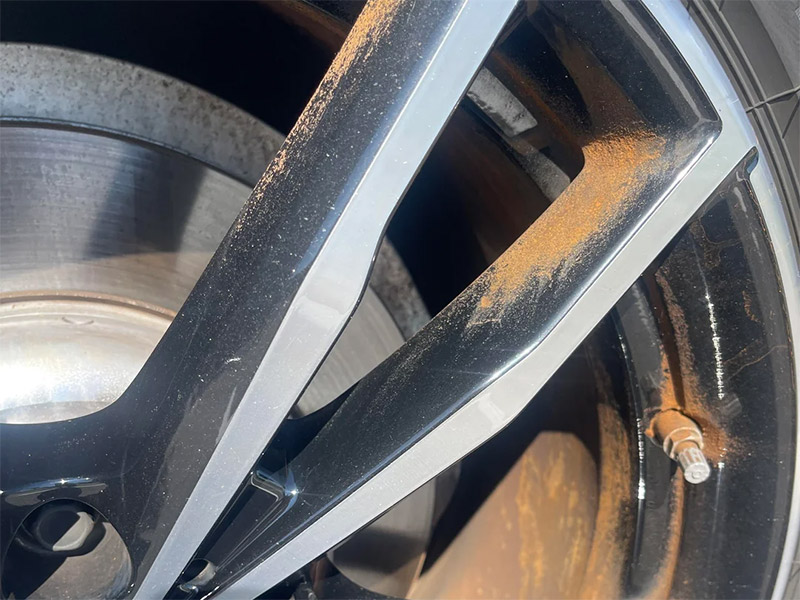A new study from EIT Urban Mobility and Transport for London has found that battery electric vehicles (BEVs) reduce brake dust emissions by an impressive 83% compared to traditional internal combustion engine vehicles.
Why Do EVs Produce Less Brake Dust?
The key reason is regenerative braking—a system used in EVs that slows the vehicle using the electric motor instead of relying solely on brake pads. This drastically reduces the wear and tear on the brakes and, therefore, the release of harmful brake dust. Hybrid vehicles also show reductions, although not as dramatic: between 10% and 48% for conventional hybrids, and up to 66% for plug-in hybrids.
What About Tire and Road Wear?
The study also looked at non-exhaust emissions like tire and road wear. Since EVs tend to be about 20% heavier than combustion vehicles, there could be slightly more tire wear. However, brake dust is considered more harmful to human health, as it more easily becomes airborne and can be inhaled.
What Does This Mean for Air Quality?
Despite potential increases in tire wear, the significant reduction in brake dust means EVs can help improve air quality, especially in urban areas. And since they also produce zero tailpipe emissions, EVs contribute even more to cleaner city air.
What Do Experts Recommend?
The study emphasizes that transitioning to EVs is a major step forward, but not the only solution. Encouraging public transportation, cycling, and walking is also crucial. Additionally, the use of low-emission brake materials and tire designs could further reduce pollution.
In short, electric cars not only cut down on CO₂—they help clean the air by sharply reducing harmful brake dust.

Leave a Reply